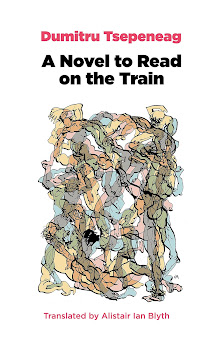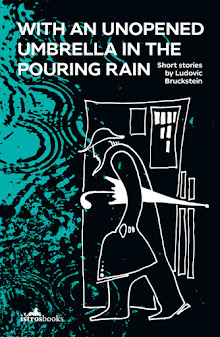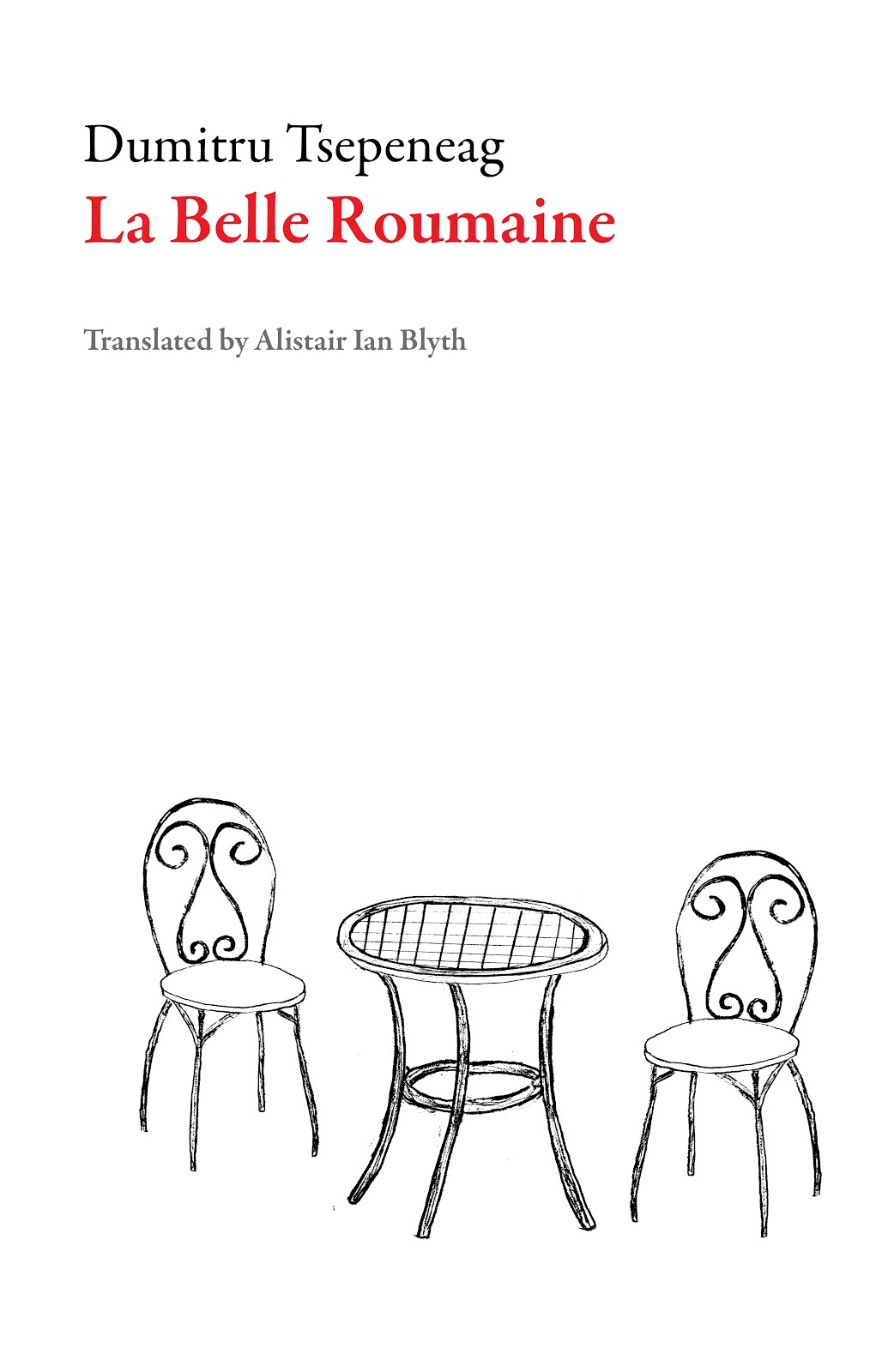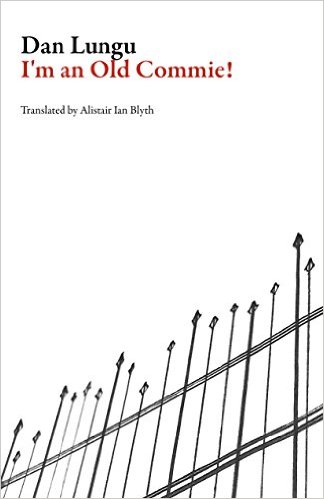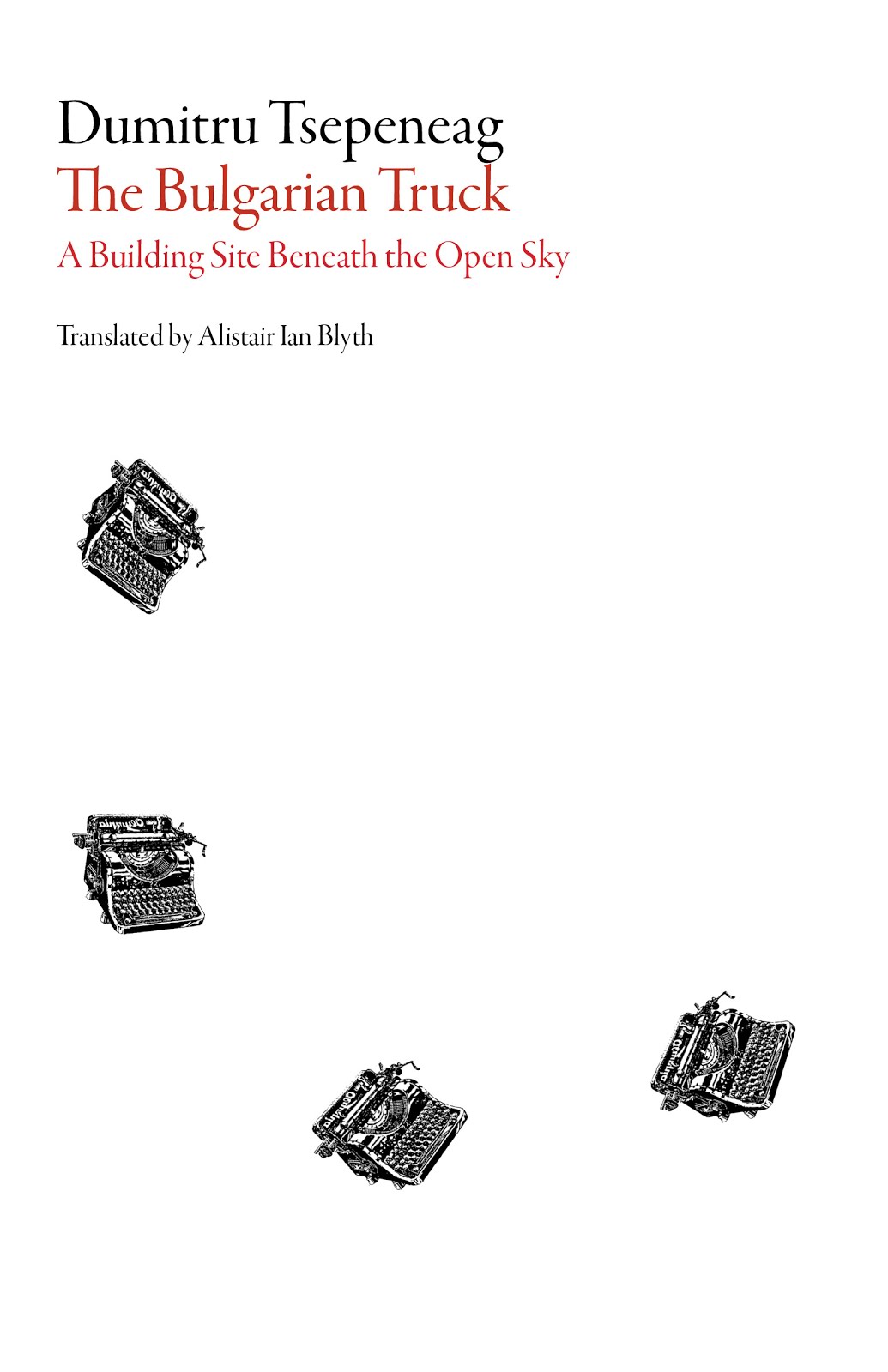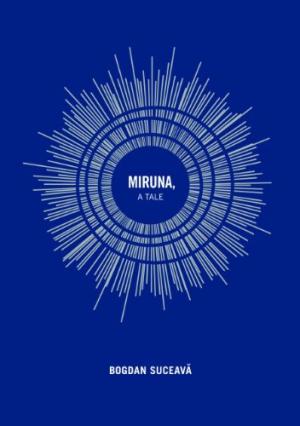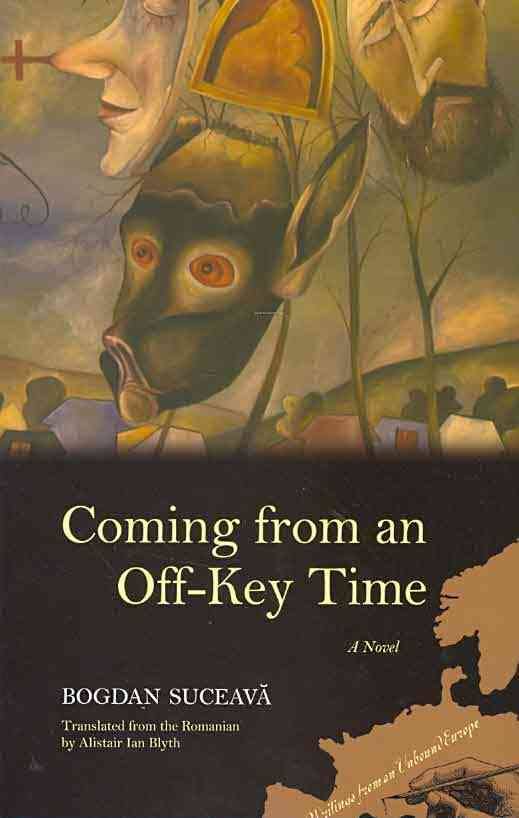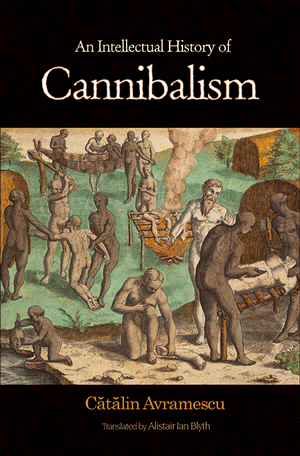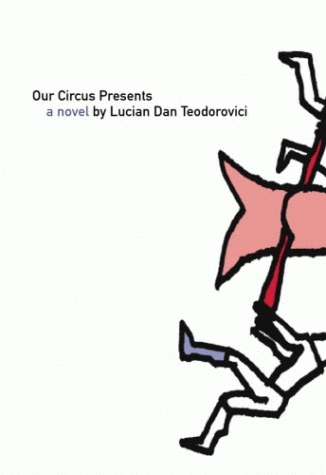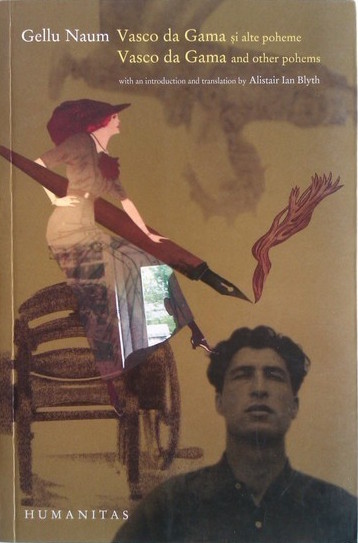Dumitru Tsepeneag, A Novel to Read on a Train, translated from the French by Alistair Ian Blyth, Dalkey Archive Press, 2021
A Novel to Read on a Train (Roman de gare, Éditions P.O.L, 1985) was the first novel that Dumitru Tsepeneag wrote in French, reluctantly recognising that there was no prospect of him ever again having a Romanian readership as long as his native country’s communist régime endured. Having become a stateless exile in France after his citizenship was revoked by Nicolae Ceaușescu in 1975, previous to A Novel to Read on a Train, Tsepeneag had written three novels (1) for the sole reader that was his French translator, Alain Paruit, without any hope of the Romanian originals ever being published.
In French, a roman de gare, a “railway station novel,” is a term for pulp fiction, the kind of schlock you buy on the station concourse to read on the train, the forerunner of the “airport novel,” in other words. But Tsepeneag’s novel is literally, ludically, a railway station novel, in that it is set in a railway station, where a hapless cast of actors and film crew are trying and failing to shoot an adaptation of a novella set in a railway station. Although not specifically stated in the novel, the novella in question is Tsepeneag’s “Waiting,” an “oneirist” text that describes an isolated and soon-to-be disused whistle-stop that serves a Zauberberg-like sanatorium on the other side of a mysterious forest swarming with indeterminate creatures, a place of now deep snow, now incessant drizzle that hovers between dream and reality. In the novella, the stationmaster, finally abandoned by both pointsman and telegraph operator, waits interminably, menaced by an escaped and now preternaturally huge eagle, brought there in a cage as a chick by a beautiful woman whose train had been delayed at the whistle-stop by snowdrifts on the line and who spoke no known language. These were the original oneiric matrices that would structure A Novel to Read on a Train.
The novella “Waiting” was published in România Literară magazine in October 1970 and was included in Tsepeneag’s third collection of short stories, published in 1971. (2) Which is to say, this was the year when the slim volume (111 pages), with a black-and-white reproduction of René Magritte’s Le Mal du Pays on the cover, (3) was printed. But as Tsepeneag notes in a journal entry dated 7 June 1971, the book never left the printer’s since the necessary baksheesh had failed to be paid. (4) Not even by the beginning of the following year had the book become available: on 10 January 1972, Tsepeneag attended the opening of the new Cartea Românească bookshop in Bucharest, where all the publisher’s books were on sale, with the single, glaring exception of Waiting. (5) By March of the same year, it seems that copies were finally to be found at the Cartea Românească bookshop, (6) but they were quickly withdrawn from the shelves and the book effectively vanished, just as its author, by now a persona non grata for the communist authorities, was to vanish from Romanian literature until after the fall of the Ceaușescu régime.
“Waiting” may be said to be the masterpiece and culmination of the “structural oneirism” that Tsepeneag had been developing throughout the 1960s with poet Leonid Dimov (1926–1987), a theory and practice of writing that took the dream as its criterion (Tsepeneag) or legislation (Dimov), lucidly constructing not a text that describes a dream but one that is structurally analogous to it: “in oneiric literature, as I conceive it, the dream is not a source, nor is it an object of study; the dream is a criterion. The difference is fundamental: I do not narrate a dream (mine or anybody else’s), but rather I attempt to construct a reality analogous to the dream.” (7) “Waiting” not only represents oneiric images—the anima figure of the beautiful (Swedish?) woman on the stranded train, the inexorably growing eagle that threatens to blot out the sky, the primal, Piero di Cosimo–esque forest—but does so in a structurally oneiric way: with the (il)logic of a dream, events and situations constantly shift, double back on themselves, repeat themselves in a different, disorienting order. In A Novel to Read on a Train, “Waiting” becomes the oneiric urtext of the novel: fragments of Alain Paruit’s translation (8) of the novella are interspersed throughout the novel, gradually increasing in length, pervading the text, as the fiction within the fiction of the dream text subsumes the “reality” of the framing fiction of the actors shooting a film based on an original text whose own reality, at the time when the novel was written, had been placed sous rature, being part of a book that had been disappeared and was therefore as insubstantial as a dream.
As Roman de gare progresses, the boundary between dream text and cinematic enactment thereof becomes blurred, and the director, who is also the author of the novella on which his film is based, increasingly loses control of his cast. Just as a dreamer has no control over the actions of the persons appearing in his dream, the director has increasingly little influence over his actors, who begin to act independently of him, in defiance of him, until finally he is reduced to a faint voice impotently crying “cut!” from the water closet, crucified by flatulence and diarrhea. In Roman de gare, the director—the author trapped within his own text like the director in the toilet cubicle—is analogous to a dreamer, who has no conscious control over his unfolding dream, while the real author, Dumitru Tsepeneag, stands outside the text, lucidly structuring it according to the principles of the dream.
In an important text of his 1960s oneirist period, “A Stage Production,” published in the collection of short stories Cold (1967), (9) Tsepeneag had already explored the actor’s defiance of his director, the fictional character’s independence from his narrator. In the novella, the author/director enlists the habitués of a disreputable tavern, the bohemian occupants of his tenement house, and a girl inveigled to abscond from boarding school in a reenactment of the Nativity and Crucifixion, in which a bicycle pump will stand in for the Holy Ghost. The three-part novella was published in Gazeta Literară, no. 40 (779), 5 October 1967, but only the first part was subsequently included in Cold, the second and third parts having been censored in the meantime. (In the second part, “The Passion of a Playwright,” the author, who has been appealing for the institution of a “new theatre”—a new fictional dispensation, an oneiric ontology of fiction—is literally crucified by his characters during the performance of his text, egged on by the audience, and in the third part, “Epilogue,” the subsequent Ascension consists of the author escaping the country by helicopter. Neither of which themes were congenial to an atheist, closed-border, totalitarian society.) The two Marias of “A Stage Production,” representing the Virgin Mary and Mary Magdalene, were to recur in Vain is the Art of the Fugue (1973), in the form of the oneirically interchangeable Maria and Magda, and later in a screenplay entitled The Two Marias, which Tsepeneag wrote before Roman de gare, but which was never produced or published. Fragments of the screenplay are interspersed throughout A Novel to Read on a Train, adding yet another intratextual oneiric layer—a text that exists only as a dream of itself within another text.
At the end of Roman de gare, a first-person narrator recounts watching the very film whose failed production the novel has hitherto been representing as it is subsumed by the oneiric urtext of “Waiting.” The film will recur in Tsepeneag’s later novels Hotel Europa (1996), Pont des Arts (1998), and La Belle Roumaine (2004), where it will be watched by yet other characters who have escaped the control of their narrator and exerted their own separate metaphysical reality, like persons occurring in a dream. (10) Through A Novel to Read on a Train, “Waiting” becomes an endlessly self-replicating text, linking together the whole of Tsepeneag’s work, which may thus be read as an unfolding dream of textual dreams within dreams. And ultimately, this is the achievement of Tsepeneag’s practice as a writer and as a theorist of writing: the lucid recognition that dreams and texts are different but structurally analogous aspects of a single reality—that the two have more in common with each other than they do with the “real world.”
(1) Arpièges [Vain Art of the Fugue], trans. Alain Paruit, (Paris: Éditions Flammarion, 1973); Les Noces nécessaires [The Necessary Nuptials], trans. Alain Paruit, (Paris: Éditions Flammarion, 1977); Le Mot sablier [The Sandglass Hour], trans. Alain Paruit, (Paris: Éditions P.O.L, 1984).
(2) Așteptare [Waiting], (Bucharest: Cartea Românească, 1971).
(3) The painting shows a winged man gazing over a parapet and a recumbent lion, a theriomorphic dream image to be found in “Waiting” and other stories in the collection.
(4) Dumitru Tsepeneag, Opere 3: Un român la Paris. Jurnal, (Bucharest: Editura Tracus Arte, 2016), 161.
(5) Un român la Paris. Jurnal, p. 280.
(6) Dumitru Țepeneag, Prin gaura cheii. Proză scurtă, ed. Nicolae Bârna (Bucharest: Editura Allfa, 2001), 509.
(7) Dumitru Tsepeneag, “În căutarea unei definiții,” Luceafărul, no. 25 (June 22, 1968); Opere 5. Texte teoretice, interviuri, note critice, “șotroane. 1966-1989 (Bucharest, Editura Tracus Arte, 2017), 46.
(8) Dumitru Tsepeneag, Exercices d’attente, trans. Alain Paruit (Paris: Flammarion, 1972).
(9) Frig (Bucharest: Editura pentru Literatură, 1967).
(10) “La vue en rêve d’une personne est, à certains points de vue, une preuve de sa réal- ité métaphysique,” Giorgio de Chirico, L’Art métaphysique, ed. Giovanni Lista (Paris: l’Échoppe, 1994), 60.








